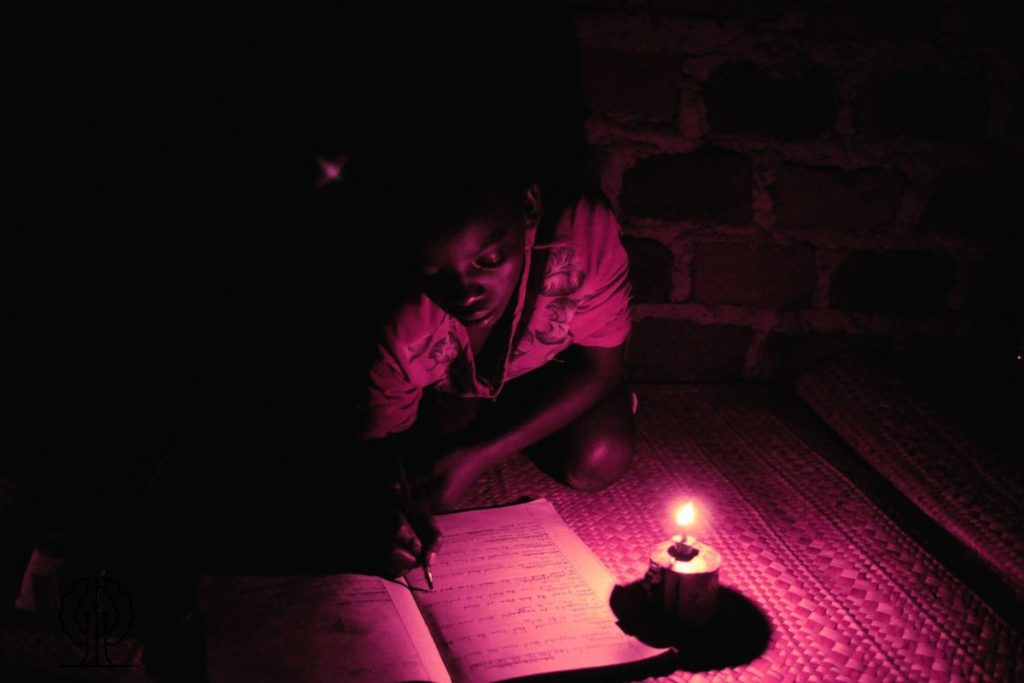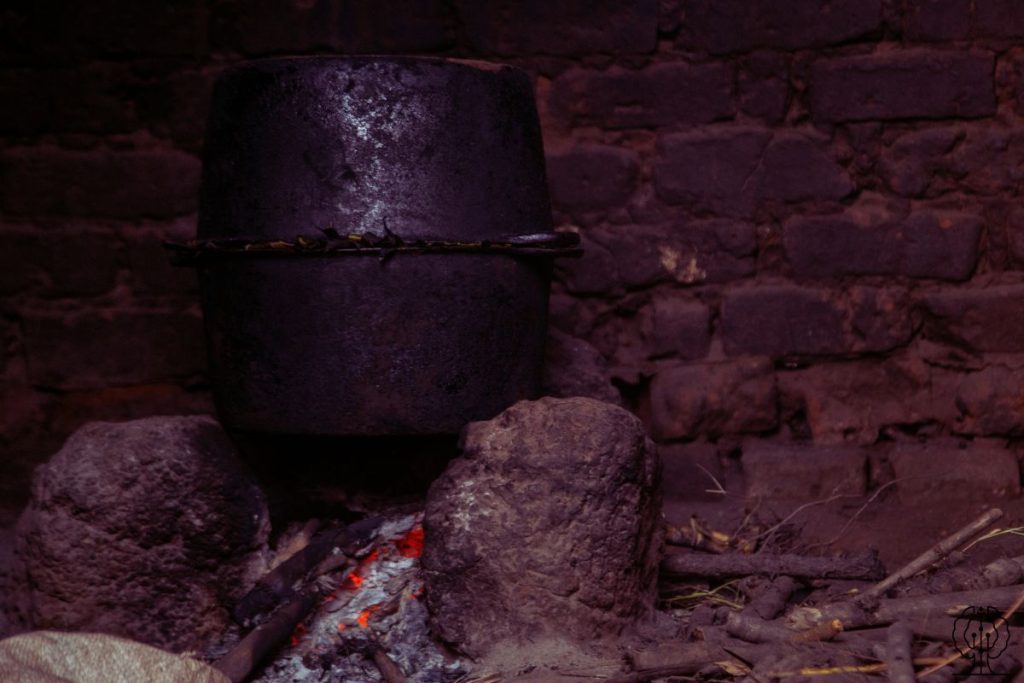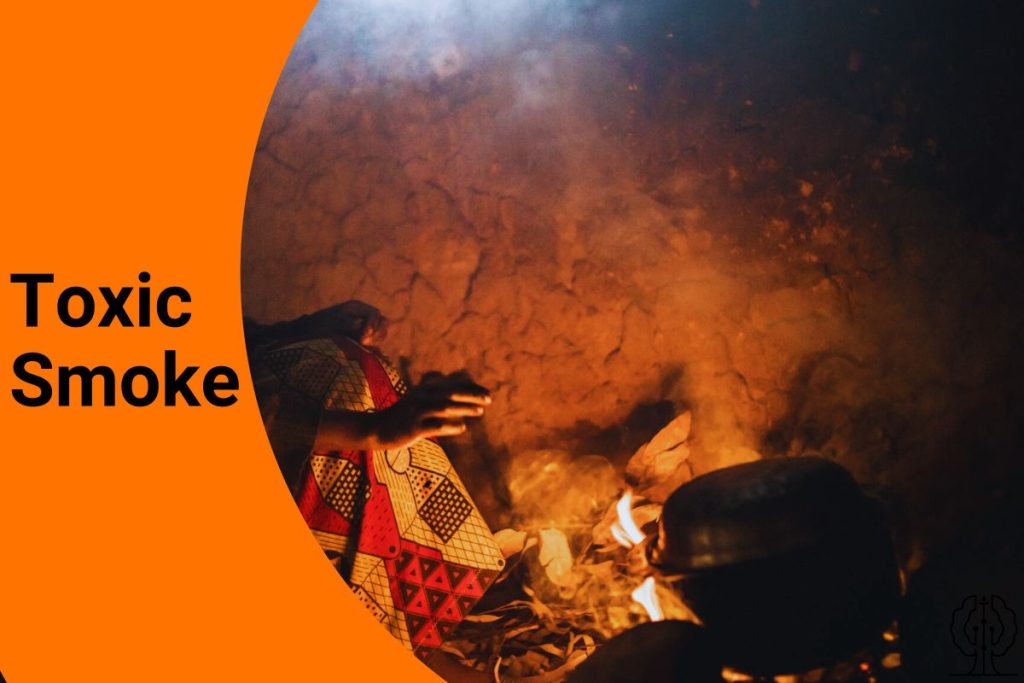The housing welfare of households is poor. Less than 20% use grid electricity for lighting.

Housing and shelter are essential indicators for assessing the living conditions of a population. Housing is one of the basic human needs that profoundly impact an individual’s health and welfare.
Although we will not delve any deeper into assessing the quality of housing welfare of households and any other related indicators in the Busoga region, we can indicate that the conditions are deplorable, as you would imagine. Nor will we cover the material used to raise housing and its effects on people’s lives. However, we will cover the energy source.
ENERGY SOURCE
A critical indicator in assessing the quality of housing welfare of hoseholds is the source of light they use – energy.
Overall, about 22% of households in Uganda use grid electricity for lighting; 28% of households use paraffin, i.e., “tadooba” (canister wick lamps), while 6% use paraffin lanterns. Notably, 21% of homes used dry cells, while 18% used solar energy.


The UNHS 2016/17 collected information on sources of energy for cooking by asking respondents for the primary source of energy they used for cooking. Two-thirds of households (64%) used firewood for cooking, while three in every ten households (30%) used charcoal.
Biomass fuels were the primary source of cooking fuel for 94% of homes. Other cooking energy sources (electricity, kerosene, gas, etc.) accounted for barely 6%.
Cooking fuels negatively affect the living environment of the household members, particularly the air quality. Solid fuels for cooking, such as charcoal, firewood, and other biomass fuels, emit smoke and expose household members, particularly girls and women, to respiratory infections.
In Busoga, using firewood for cooking has had a tremendous negative impact on the environment, as tree cover is destroyed to provide firewood. Among those households that reported using firewood, 63% used firewood from the bush/forest, 26% got it from their plantations, and 9% bought firewood from the market.
Concerning households that did not use grid electricity, when asked why they did not do so, especially for lighting purposes, two-thirds (65%) reported that the grid was too far from their households or was not available in their localities.
One in every five households (20%) was not using grid electricity for lighting due to the high initial connection cost. Variations were observed by residence and sub-region.
The main reasons for the non-use of electricity in rural areas were because the grid was unavailable in their localities (71%) or too far from their households. The high initial connection cost was the primary reason in urban areas (34%).
In Busoga, using firewood for cooking has had a tremendous negative impact on the environment, as tree cover is destroyed to provide firewood. Among those households that reported using firewood, 63% used firewood from the bush/forest, 26% got it from their plantations, and 9% bought firewood from the market.
Kitchen Location
The location of a kitchen in a housing unit can expose the household members to cooking smoke, especially from biomass fuels.
About half of the households (51%) used outside-built kitchens, while 29% cooked in open spaces. More homes in rural areas (56%) cooked outside in built-up kitchens compared to households in urban areas (34%).

